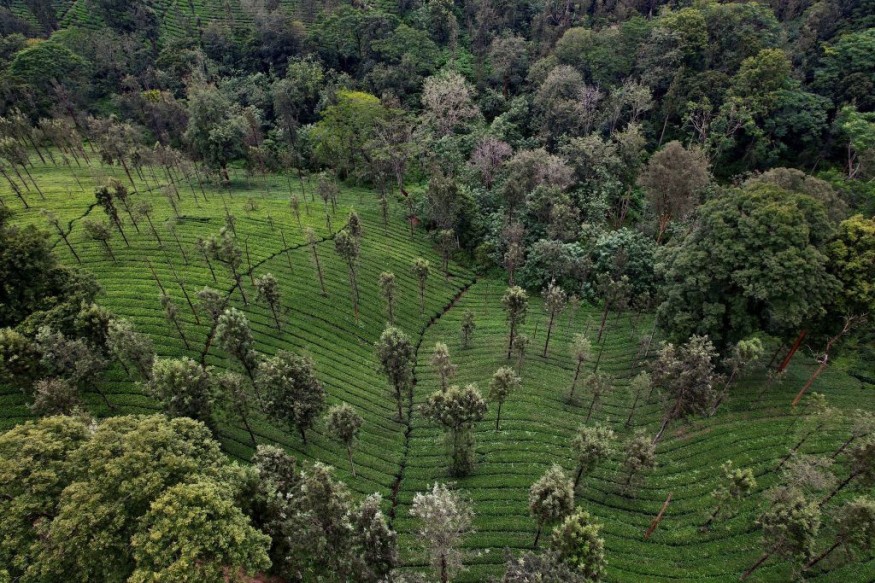
A recent study indicated that emojis are a straightforward, colorful, and easy method to communicate on the internet, but scientists have called for greater biodiversity in emojis after discovering that animals are well-represented in emojis, but plants, fungi, and microbes are not.
Representation Of Emojis
In a study that was published in the journal iScience, emojis have represented a total of 112 different creatures identified by the team.
A total of 92 animals, 16 plants, a fungus resembling a toadstool, and one microorganism-which the scientists believe to be the gut-infecting bacteria E. coli-were found among them.
The Emojipedia online collection has been containing emojis linked to animals and nature that have been categorized by Italian conservation biologists Stefano Mammola, Mattia Falaschi, and Gentile Francesco Ficetola.
They also discovered that several large groupings of animals were completely absent from the catalog.
For example, more than 20,000 kinds of flatworms have been described by scientists, but the soft-bodied organism cannot be shown in internet messaging.
Despite the fact that there are more than a million known species of arthropods and less than 100,000 known species of vertebrates, arthropods only account for 16% of the animal emojis.
Certain emojis, like ants and crocodiles, could only be identified at the genus or family level, but in other situations, the scientists said that they were able to identify individual species, including giant pandas and bald eagles.
Read Also : Can Social Media Save the Environment?
Biodiversity, Conservation Efforts
A more representative emoji library, according to Mammola, Falaschi, and Ficetola, would facilitate discussions and talks about biodiversity and conservation.
According to the researchers, recognized biases in biodiversity assessments and conservation analyses, such as the IUCN red list of endangered species, are reflected in the biases in emoji representations of animal biodiversity.
The researchers did discover a notable rise in the biodiversity of emojis, with the number of animal taxa represented by emojis more than doubling between 2015 and 2022.
Annelids gained representation in 2020 when the "worm" emoji was added, and cnidarians did the same in 2021 when a red coral emoji was added.
"This increase in phylogenetic diversity driven by less-known taxa emphasises a positive trend of enhanced opportunities for emojifying biodiversity communication, allowing users of digital platforms to discuss a range of biodiversity-related topics and sentiments more effectively, beyond the icons depicting iconic species," the researchers write.
Some scientists have taken the initiative to use graphics rather than words to represent their findings on their phone keyboards.
Last year, computational chemist Andrew White ran a survey on X (then known as Twitter) as they asked structural biologists what they thought the ideal protein emoji should look like.
White then put in a bid for the design. The bid was eventually turned down by the selection committee, which consists of members from large firms like Microsoft, Apple, and Meta.
"I think having a protein emoji would be useful for science communication, similarly to how the DNA emoji has come to represent advances in genomics and sequencing," said White.
Related Article : Best Social Media Nature-Saving Campaigns
© 2025 NatureWorldNews.com All rights reserved. Do not reproduce without permission.




